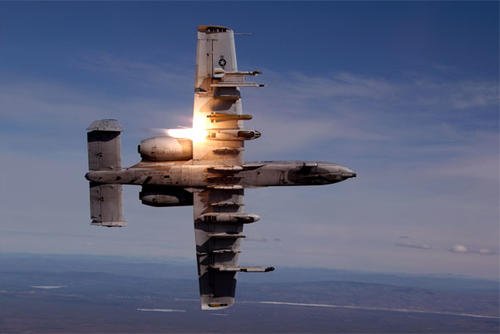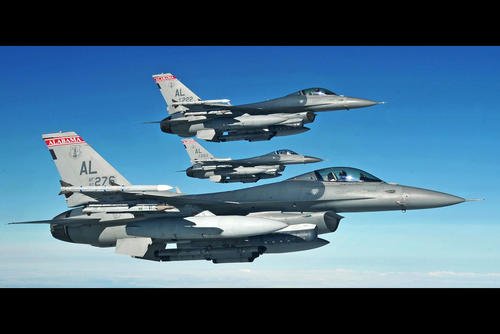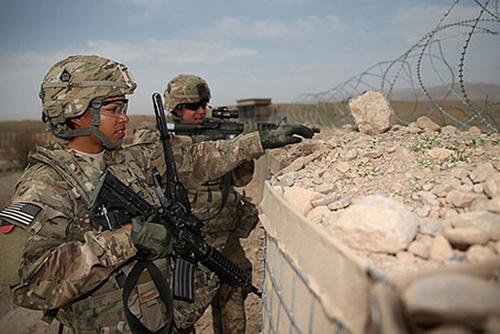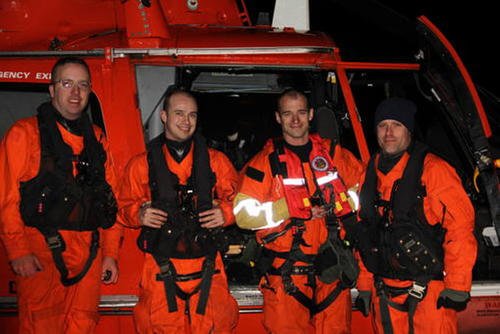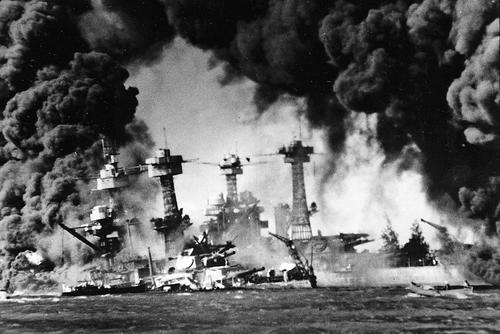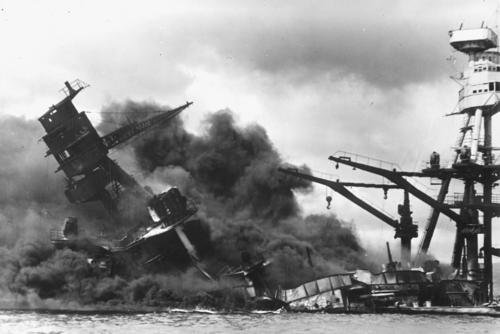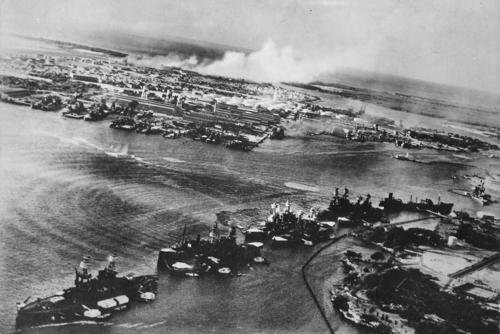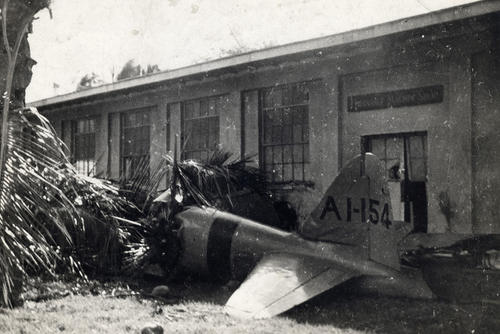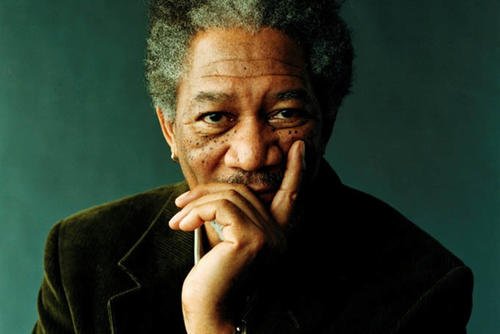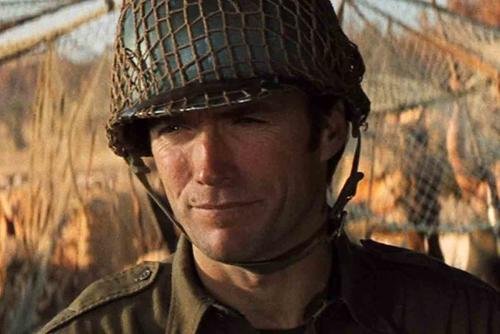
Decision 4 of 4
Result: Significant Confederate Victory
On the afternoon of July 3rd, a thunderous artillery barrage opened fire on the Union center. Northern guns returned the fire with solid effect, but were then ordered to cease after an hour and a half to convince the rebels that the artillery preparation had been successful. Little did they realize that it was a diversion.
Over fifteen thousand soldiers of Pickett's division and brigades from the Confederate I and III Corps surged toward the Union left flank, smashed into it, and sent it falling back. This was the attack the Union commander, George Meade, had expected, but a desperate fight ensued as all reserves were thrown into the battle.
The Confederate army had the advantages of flat terrain to the south and control of Cemetery Hill. The latter afforded clear views of the Union positions and movement of their reserves as well as fields of fire for rebel artillery that had been placed on the high hill. (Continued below map)
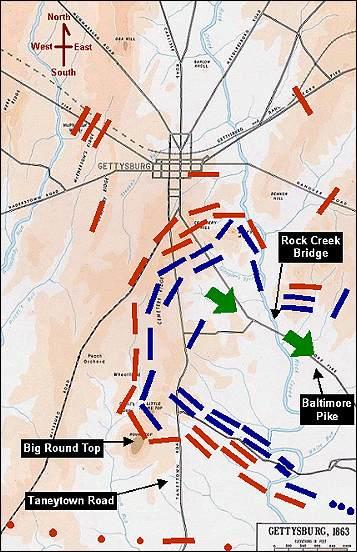
After four hours of intense combat and the threat of encirclement, the Army of the Potomac began a rapid retreat back towards Washington. The unmolested Union right flank provided a clear avenue of retreat and Meade used it skillfully. Both sides suffered over twenty thousand killed, wounded, or captured each -- nearly a quarter of their respective army's strengths.
The battle was over. The Army of the Potomac had lost again and the Confederates had a significant tactical victory, but not a decisive victory so complete that it could end the war. Most of the the Union troops would live to fight another day.
The rebels rampaged throughout Pennsylvania over the next two months but could not force the North to capitulate. By the following spring, the campaign had moved back into Virginia with a new Union general in charge, Ulysses S Grant.
